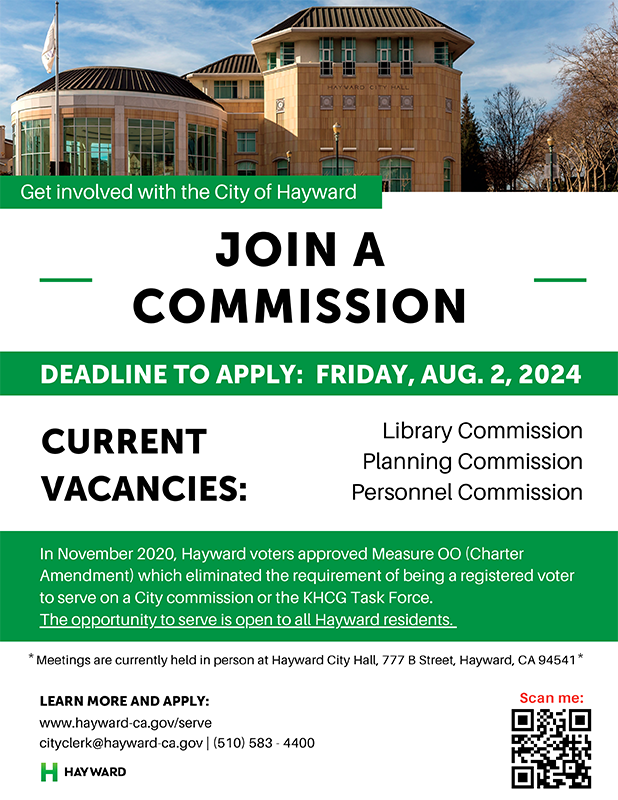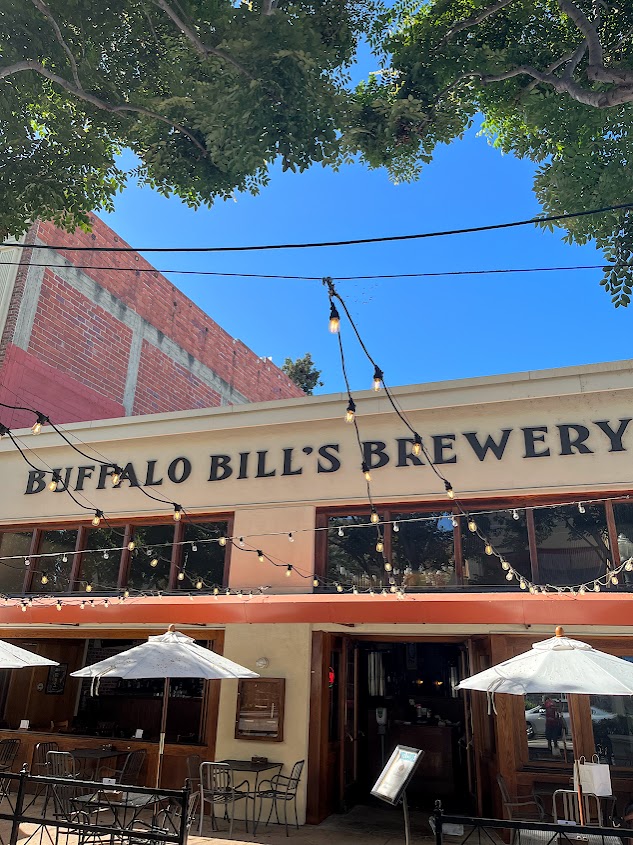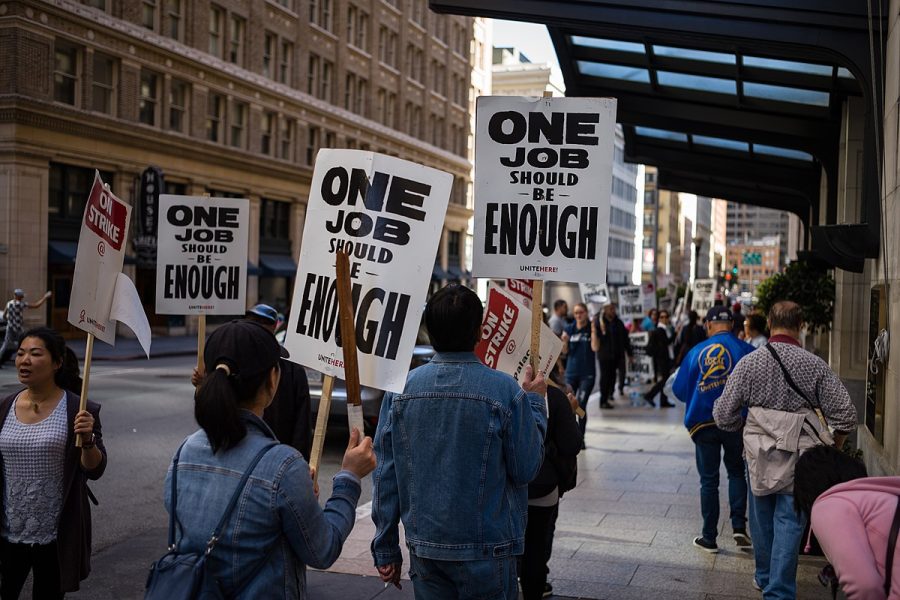CSU East Bay freshman George Richardson grew up in South Central, Los Angeles, one of the roughest neighborhoods in America.
Destined to a life of hardships and peril on the streets of South Central, he knew that his only hope for the future was a college education.
Though determined to pursue a post-secondary education, Richardson expressed that he had little to no assistance with the college application process.
“I didn’t have much help when I was applying to college, I didn’t know what to do,” said Richardson.
Richardson is one of many inner-city youth who have no assistance applying to college. Hayward’s Promise Neighborhood Program (HPN) aspires to rid individual communities of poverty by reaching out to children in low economic status neighborhoods and encouraging them to attend post-secondary institutions, said David Korth, neighborhood services manager.
More specifically, HPN targets children in the Jackson Triangle, one of Hayward’s lowest-income and least successful neighborhoods.
The low-income community is home to 10,662 residents, while just under 30 percent of the population is 18 years of age or younger.
The majority of K-12 students in the area are of Hispanic descent and classify as low-income students—students who qualify for free/reduced meals—while over 35 percent are English learners.
The City of Hayward started the initial plans for the program in April 2010 with the intention of benefiting the community and stimulating future education in the Bay Area.
CSUEB is the lead institution of the HPN, contributing $3.9 million to the program this year.
The university acquired the funds for the program from the U.S. Department of Education in the form of a $25 million implementation grant over the course of five years.
“It’s important for our school to invest in the program because [there have] been low performing schools in Hayward, for a long time,” said Sue Rodearmel, Kinesiology professor and co-principal investigator for HPN.
The primary and long-term goal of the program is to begin preparing students for college at a young age and to continually assist them on the road to higher education.
The program does not stop once children make it to college, but rather continues on to ensure that youth in the program lead successful careers as well.
“It’s an amazing opportunity to help improve our system,” said Rodearmel.
Inspired by the success of the Obama Administration’s Harlem Children’s Zone, HPN shares the overall goals of Harlem’s education initiative.
Started in 1970, the Children’s Zone organization became the first truancy-prevention program to work with children and their families during the height of the Harlem crack cocaine epidemic in the late 1980s and early 1990s.
Despite the many obstacles the organization faced, it kept its “whatever it takes” attitude alive when it came to helping children and families in the local community.
Today the organization serves more than 10,000 children and 7,400 adults, with a budget of over $75 million.
Directly modeled after Harlem Children’s Zone, the HPN program hopes to improve the future of as many Bay Area youth as possible.












